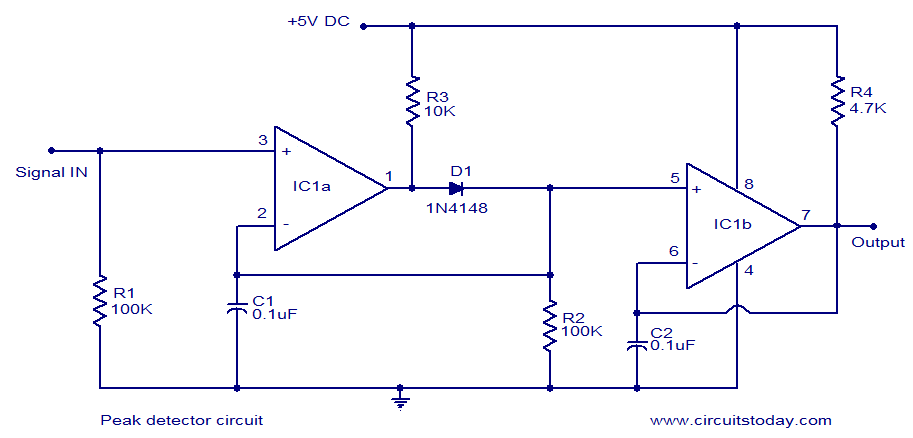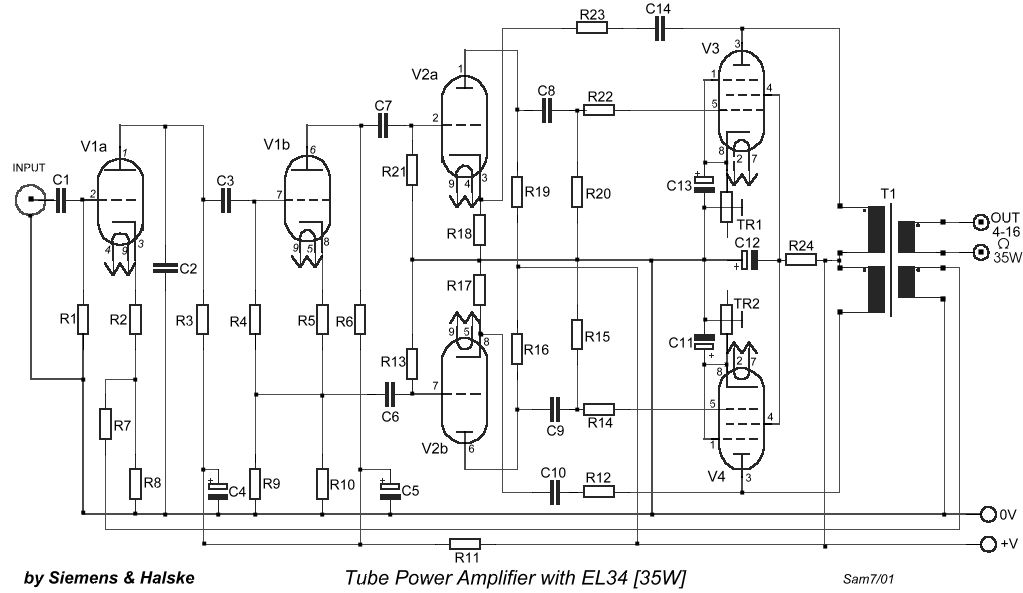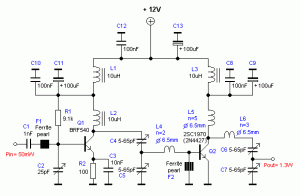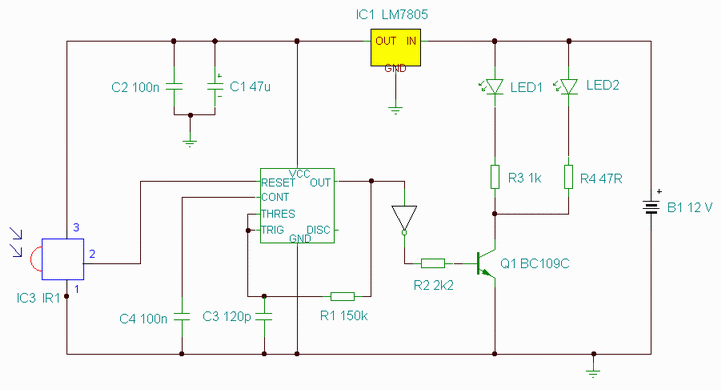
touch alarm circuit
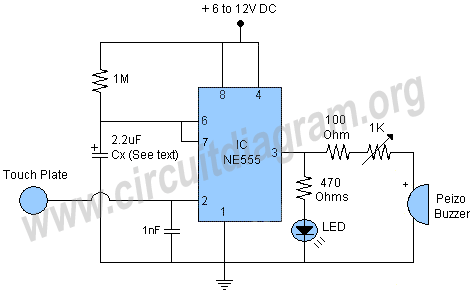
This project features a schematic for a touch alarm circuit. The circuit is highly sensitive and activates a piezo buzzer or any other type of buzzer, along with an LED, for a predetermined duration when a metal plate is touched.
The touch alarm circuit is designed to detect physical contact with a metal plate, which serves as the sensing element. The core component of the circuit is a sensitive touch sensor, which can be implemented using various technologies such as capacitive sensing or resistive touch detection. When a user touches the metal plate, the sensor detects the change in capacitance or resistance, triggering the subsequent actions in the circuit.
Upon activation, the circuit energizes a piezo buzzer, producing an audible alert. The LED indicator illuminates simultaneously, providing a visual cue that the alarm has been triggered. The duration for which the buzzer and LED remain active can be controlled by a timing circuit, often implemented using a resistor-capacitor (RC) network or a dedicated timer IC such as the 555 timer. This allows for customization of the alarm duration based on the specific application requirements.
Power supply considerations are also crucial for the circuit's operation. The circuit can be powered using a battery or a regulated DC power supply, ensuring that the components receive the appropriate voltage and current levels for reliable performance. Additionally, the inclusion of a debounce circuit may be necessary to prevent false triggering due to noise or unintended touches.
Overall, the touch alarm circuit is a practical and versatile project that can be utilized in various applications, such as security systems, notification alerts, or interactive installations. Its simplicity and effectiveness make it an excellent choice for both hobbyists and professionals in the electronics field.Here is a very interesting project / schematic of a touch alarm circuit. The circuit is quite sensitive and it will activate a peizo or any other buzzer and an LED for a set time period when any one touches the metal plate.. 🔗 External reference
The touch alarm circuit is designed to detect physical contact with a metal plate, which serves as the sensing element. The core component of the circuit is a sensitive touch sensor, which can be implemented using various technologies such as capacitive sensing or resistive touch detection. When a user touches the metal plate, the sensor detects the change in capacitance or resistance, triggering the subsequent actions in the circuit.
Upon activation, the circuit energizes a piezo buzzer, producing an audible alert. The LED indicator illuminates simultaneously, providing a visual cue that the alarm has been triggered. The duration for which the buzzer and LED remain active can be controlled by a timing circuit, often implemented using a resistor-capacitor (RC) network or a dedicated timer IC such as the 555 timer. This allows for customization of the alarm duration based on the specific application requirements.
Power supply considerations are also crucial for the circuit's operation. The circuit can be powered using a battery or a regulated DC power supply, ensuring that the components receive the appropriate voltage and current levels for reliable performance. Additionally, the inclusion of a debounce circuit may be necessary to prevent false triggering due to noise or unintended touches.
Overall, the touch alarm circuit is a practical and versatile project that can be utilized in various applications, such as security systems, notification alerts, or interactive installations. Its simplicity and effectiveness make it an excellent choice for both hobbyists and professionals in the electronics field.Here is a very interesting project / schematic of a touch alarm circuit. The circuit is quite sensitive and it will activate a peizo or any other buzzer and an LED for a set time period when any one touches the metal plate.. 🔗 External reference
